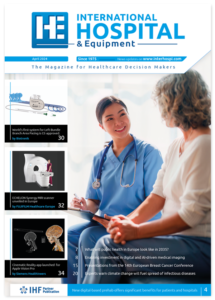Custom Android MyHealth mobile app
Stanford Health Care recently released a new app that allows patients using Android smartphones to easily access their own medical information anywhere in the world. The Android version and the iOS 8 MyHealth mobile app are both designed to put a patient’s health information right at their fingertips, making it quick and simple for them to manage their care, including reviewing test results, paying medical bills, managing prescriptions, scheduling appointments, and conducting video visits with Stanford physicians.
‘At Stanford Health Care we are continuing to develop a suite of mobile offerings and innovations that empower our patients, making it easy and convenient for them to access the information and tools they need to manage their health,’ said Pravene Nath, MD, Chief Information Officer, Stanford Health Care. ‘By developing and incorporating new digital technology and leveraging available health data, we are providing increased, flexible opportunities for patients to engage with clinicians and better manage their overall care.’
Over 200,000 people are now messaging their physicians, scheduling appointments, and reviewing their medical records through Stanford Health Care’s MyHealth. The in-house developed apps leverage Stanford Health Care’s digital platform, which with its electronic health record integration provides a seamless experience for the user to get all the important health information they need. Additionally, the apps allow patients to communicate directly with their care team through a confidential and secure messaging system, and make quick, easy, and secure online payments.
This latest version also includes new features such as:
TouchID for faster and more secure entry; and In app and Apple Watch alerts when new lab results and messages from the patient’s care team are received.
Stanford Health Care http://tinyurl.com/zmfwdv8

